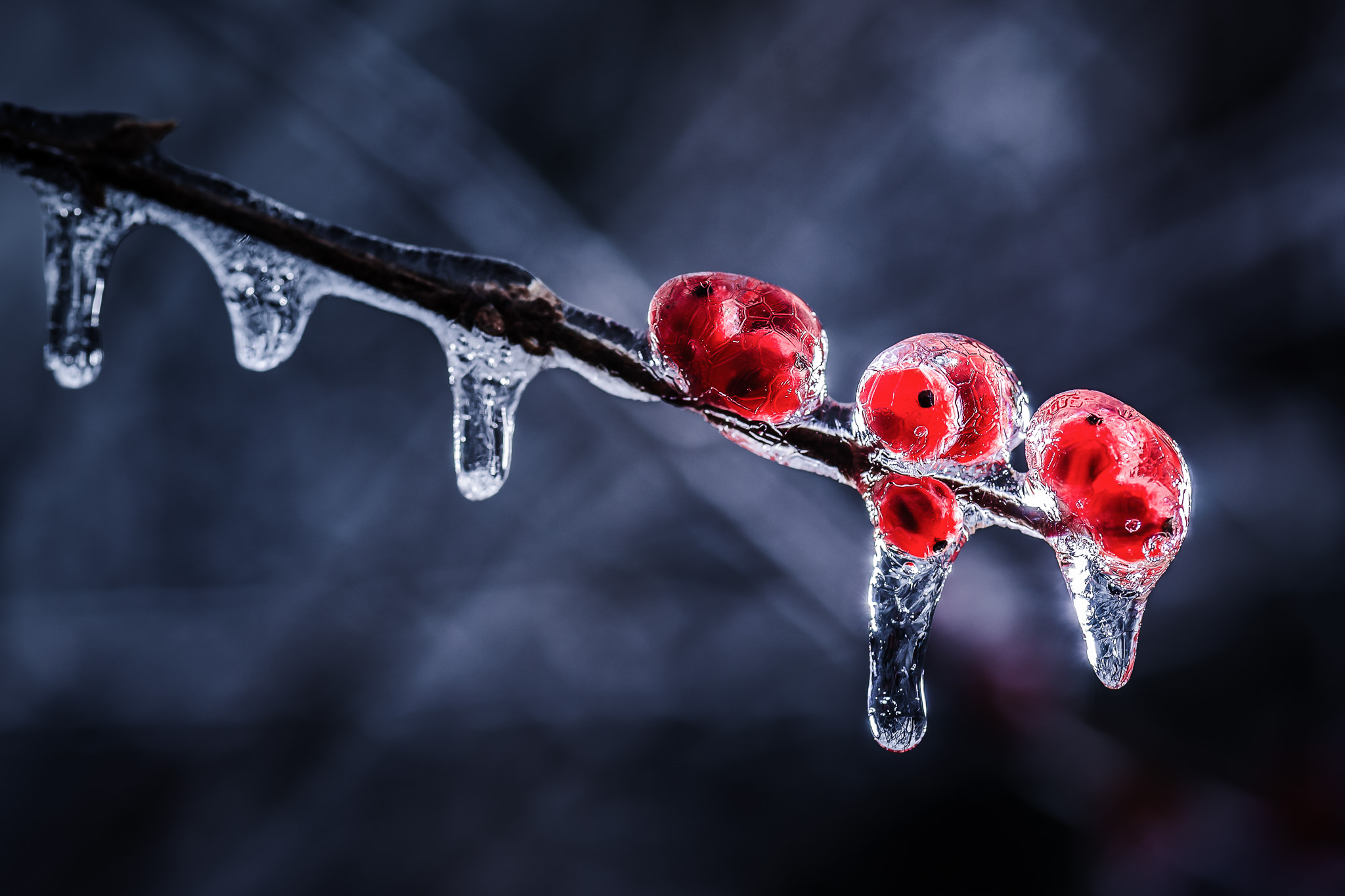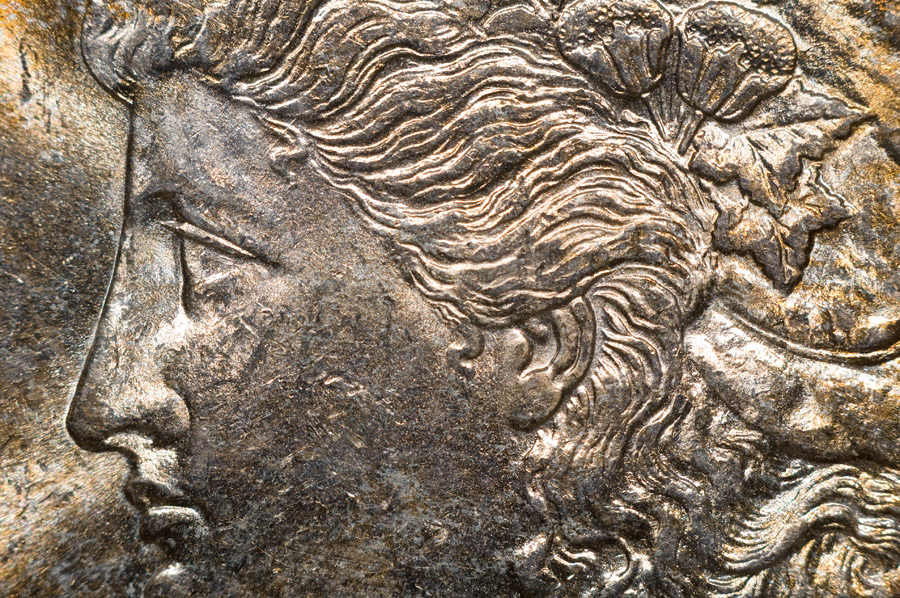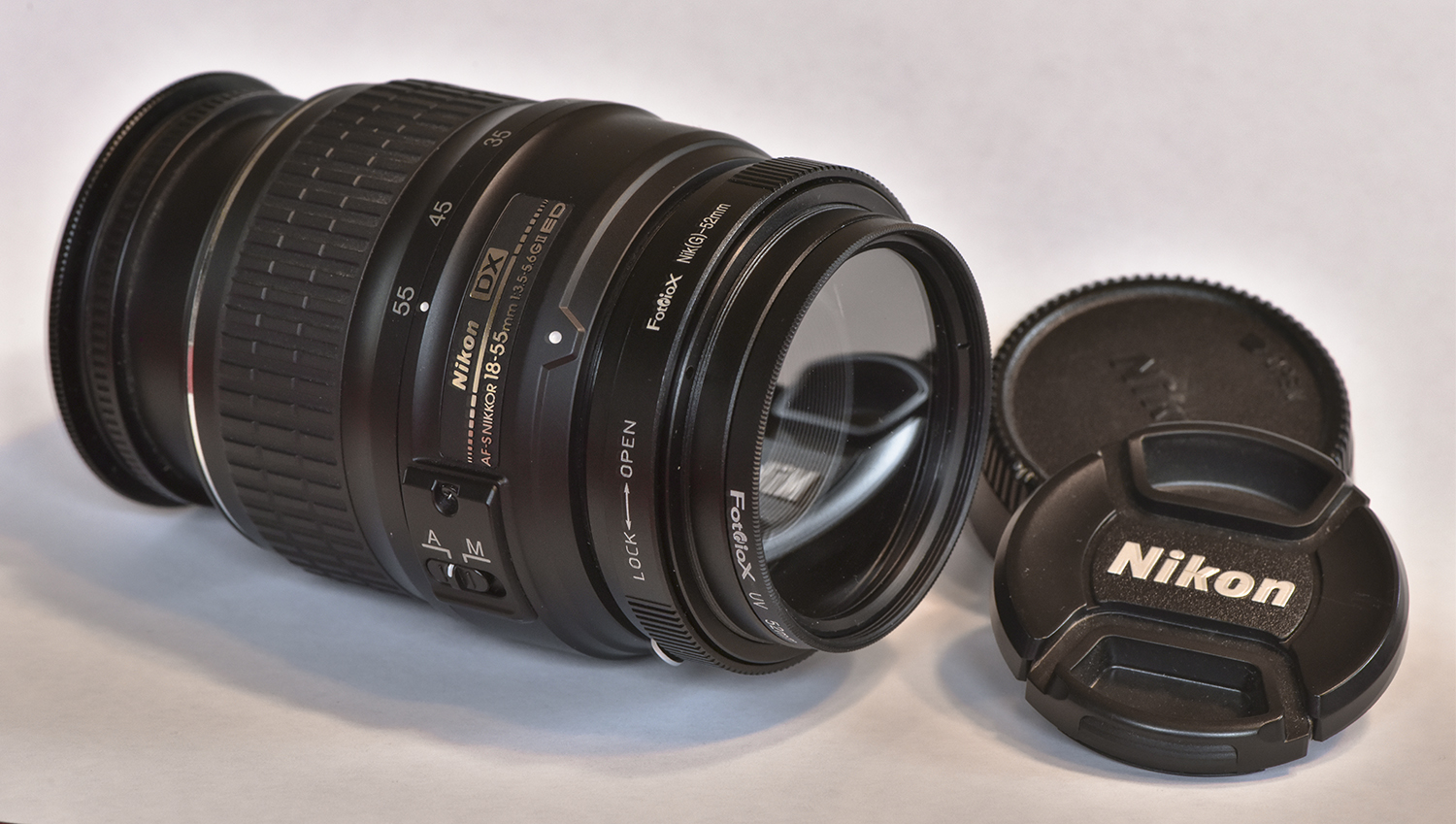
90–105 mm – insects, flowers, and small objects from a comfortable distance.45–65 mm – product photography, small objects that can be approached closely without causing undesirable influence, and scenes requiring natural background perspective.Continuously-variable focal length – suitable for virtually all macro subjects.Macro lenses of different focal lengths find different uses: Others, such as the Infinity Photo-Optical's TS-160 can achieve magnifications from 0-18x on sensor, focusing from infinity down to 18 mm from the object. True macro lenses, such as the Canon MP-E 65mm f/2.8 1-5x Macro, Laowa 25mm f/2.8 2.5-5X Ultra Macro (a relatively shorter focal length) or Minolta AF 3x-1x 1.7-2.8 Macro, can achieve higher magnification than life size, enabling photography of the structure of small insect eyes, snowflakes, and other minuscule objects. (Unlike most other lens makers, Nikon designates its macro lenses as "Micro" because of their original use in making microform.) Most modern macro lenses can focus continuously to infinity as well and can provide excellent optical quality for normal photography. "Macro" lenses specifically designed for close-up work, with a long barrel for close focusing and optimized for high reproduction ratios, are one of the most common tools for macro photography. Bellows fitted between an SLR and reversed lens Typical close-up lens Wide-angle lens used as a reversed lens in front of a macro lens Minolta 100-300mm zoom lens with markings for reproduction ratio Note the pen placed through the tube to illustrate that it does not contain any lens elements. Extension tubes for extreme macro use with SLRs. Small front lens elements are typical of macro lenses. Equipment and techniques Canon MP-E 65 mm macro lens. He was a British nature documentary filmmaker, and was known for his close-up photographs. One of the earliest pioneers of macro photography was Percy Smith, born in 1880.

ĭevelopment of the photo-micrograph led to the evolution of macro photography. Walmsley for close-up images with less than 10 diameters magnification, to distinguish from true photo-micrographs. The term photo-macrograph was proposed in 1899 by W. In the digital age, a "true" macro photograph can be more practically defined as a photograph with a vertical subject height of 24 mm or less. Reproduction ratios much greater than 10:1 are considered to be photomicrography, often achieved with digital microscope (photomicrography should not be confused with microphotography, the art of making very small photographs, such as for microforms).ĭue to advances in sensor technology, today's small-sensor digital cameras can rival the macro capabilities of a DSLR with a "true" macro lens, despite having a lower reproduction ratio, making macro photography more widely accessible at a lower cost.

For example, when producing a 6×4-inch (15×10-cm) print using 35 format (36×24 mm) film or sensor, a life-size result is possible with a lens having only a 1:4 reproduction ratio. Īpart from technical photography and film-based processes, where the size of the image on the negative or image sensor is the subject of discussion, the finished print or on-screen image more commonly lends a photograph its macro status. Likewise, a macro lens is classically a lens capable of reproduction ratios of at least 1:1, although it often refers to any lens with a large reproduction ratio, despite rarely exceeding 1:1. The ratio of the subject size on the film plane (or sensor plane) to the actual subject size is known as the reproduction ratio. In some senses, however, it refers to a finished photograph of a subject that is greater than life size.

īy the original definition, a macro photograph is one in which the size of the subject on the negative or image sensor is life size or greater. Macro photography (or photomacrography or macrography, and sometimes macrophotography ) is extreme close-up photography, usually of very small subjects and living organisms like insects, in which the size of the subject in the photograph is greater than life size (though macrophotography also refers to the art of making very large photographs). Macro photograph of an ant Macro photograph of a fern sorus using 4:3 aspect ratio Headshot of a dragonfly taken with a 100 mm macro lens coupled with a 50 mm lens in reverse at the end. Macro photograph of a common yellow dung fly ( Scathophaga stercoraria) made using a lens at its maximum 1:1 reproduction ratio, and an 18×24mm image sensor, the on-screen display of the photograph results in a greater than life-size image. Compare macrographs, photomicrographs, and microphotographs.


 0 kommentar(er)
0 kommentar(er)
